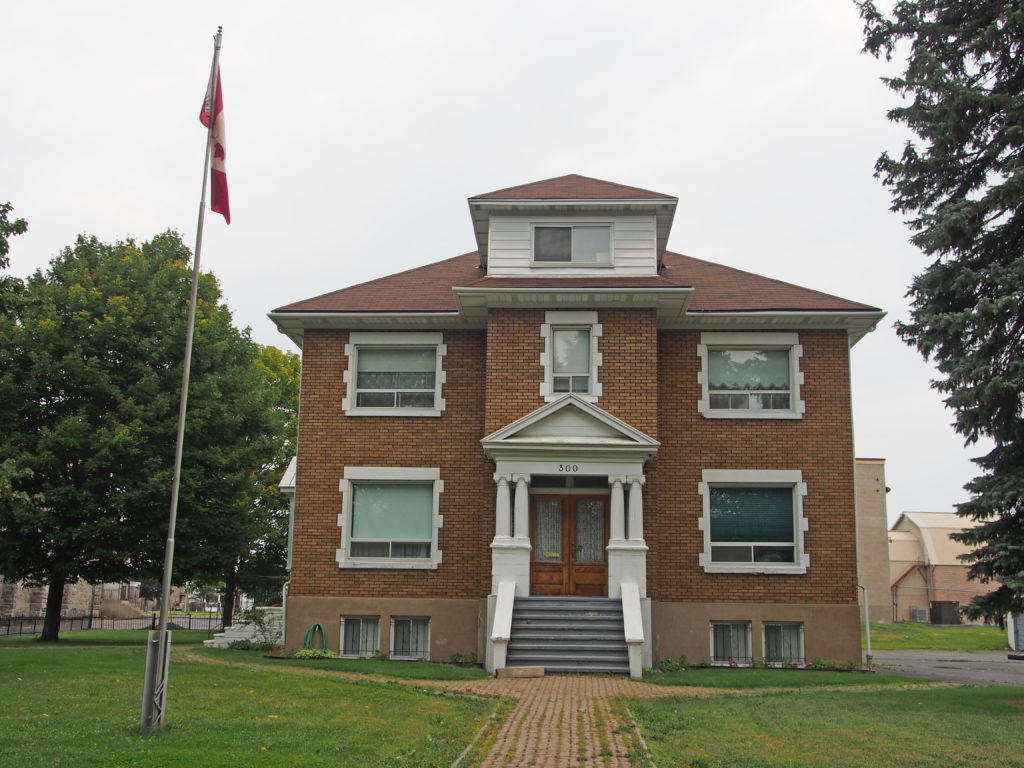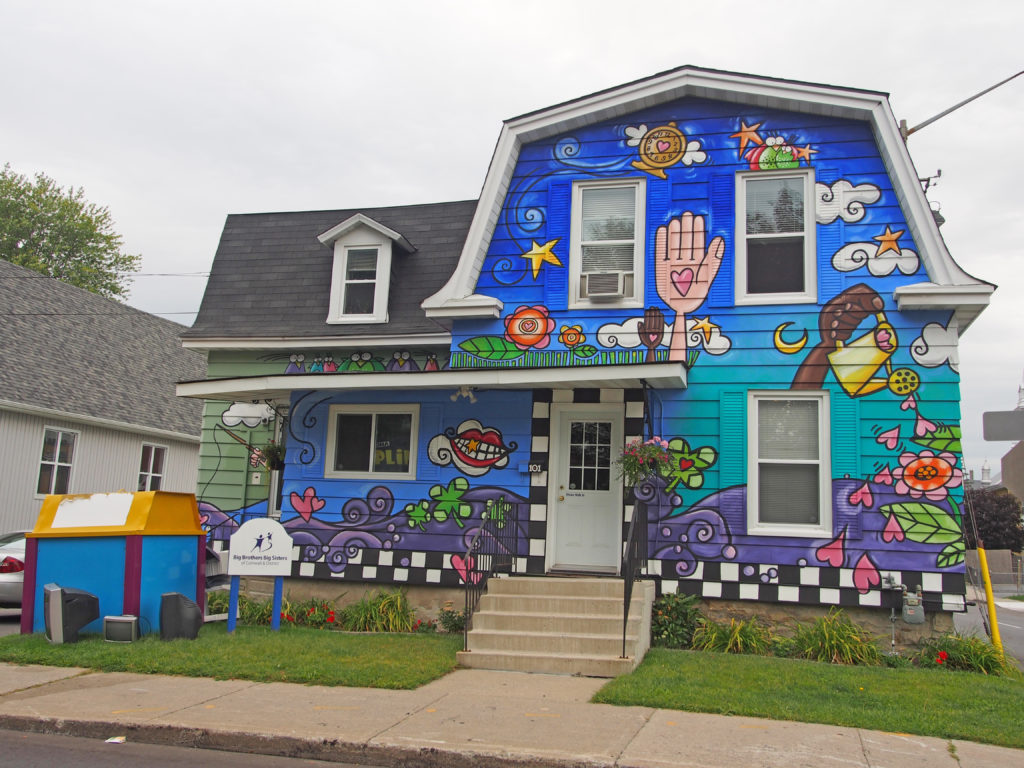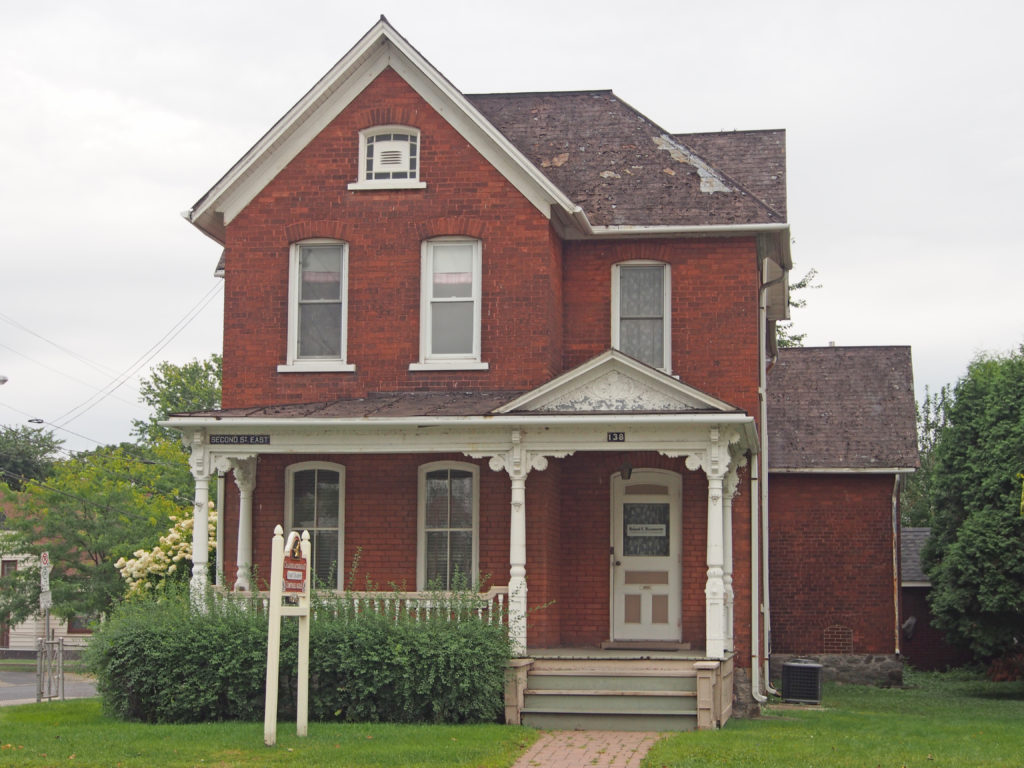Cornwall, Ontario – My Top 9 Picks
Cornwall is Ontario’s easternmost city, located on the Saint Lawrence River about one hundred kilometers southeast of Ottawa. It is named after the English Duchy of Cornwall.
In June 1784, disbanded Loyalist soldiers and their families settled at New Johnstown, the site of present day Cornwall. Native traders and French missionaries and explorers came here in the 17th and early 18th centuries. By 1805 Cornwall had a court house, a schoolhouse, two churches and many homes. The construction of the Cornwall Canal in 1834-42 accelerated its development. Mills and large factories were erected along the canal.
The Cornwall Canal, a series of locks which carried boats18.5 kilometers around the rapids, was used for over one hundred years. Power drawn from the canal attracted textile and paper mills. The textile industry played a major role in Cornwall’s economic and cultural development. This canal was one of eight canals that connected western Canada with the ocean by way of the Great Lakes and the St. Lawrence River. The Canal was an important shipping center until the completion of The St. Lawrence Seaway in 1959.
Eastern Ontario has always been a highway or corridor through which people moved, a corridor used by migration and conquest. Prior to European colonization, the Mohawks and Six Nations Iroquois settled and raided through the St. Lawrence valley. The French and British fought over the waterway and, after the American Revolution in 1812–14, it became a battleground between Americans and Canadians. Formally founded to be a new home for refugees, it remained a home for refugees and migrants for much of its history.
Slavery was ended in the colony of Upper Canada in stages, beginning in 1793 when importing slaves was banned, and culminating in 1819 when Upper Canada Attorney-General John Robinson declared all slaves in the colony to be freed, making Upper Canada the first place in the British Empire to unequivocally move towards abolition.
The aftermath of the American Revolution resulted in the formal division of Upper and Lower Canada (later Ontario and Quebec) to accommodate Loyalists fleeing persecution in the new United States, and distribution of land throughout Southern Ontario brought major change to Eastern Ontario.
The original 516 settlers arrived with minimal supplies and faced years of hard work and possible starvation. Upon their departure from military camps in Montreal, Pointe Claire, Saint Anne, and Lachine in the fall of 1784, Loyalists were given a tent, one month’s worth of food rations, clothes, and agricultural provisions by regiment commanders. They were promised one cow for every two families, an axe, and other necessary tools in the near future. For the next three years, bateaux (boat) crews delivered rations to the township, after which residents were left to fend for themselves.
Cornwall was unusually integrated for a town in Ontario. For hundreds of years, the local population has been characterized by a mix of economic migrants, refugees and opportunists. Mixing of different social classes and ethnic backgrounds was common even early in its history, due to the interdependence demanded by isolation and the lack of support or interference from authorities.
In the 1780s to1830s, a “Bee” was a social event that pooled local labor resources, and was often a festive occasion. These “Bees” drew on many different classes, backgrounds and ethnic and linguistic groups working together for survival. These were very common in Eastern Ontario generally, and especially so in the early villages of the St. Lawrence valley.
Cornwall was once home to a thriving cotton processing industry. Courtaulds Canada, Inc.’s rayon manufacturing mill operated until 1992. Domtar, a Quebec-based company, operated a paper mill in the city for nearly 100 years, ceasing operations in 2006. Cornwall’s industrial base has now shifted to a more diversified mix of manufacturing, automotive, high tech, food processing, distribution centers and call centers.

36 Fourth Street West – St. Columban’s Rectory – Second Empire domestic architecture with mansard roof and detailing; window hood, trim on gable, bay window, cornice brackets; open railing on porch and wraparound verandah
Â









